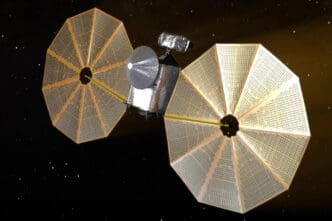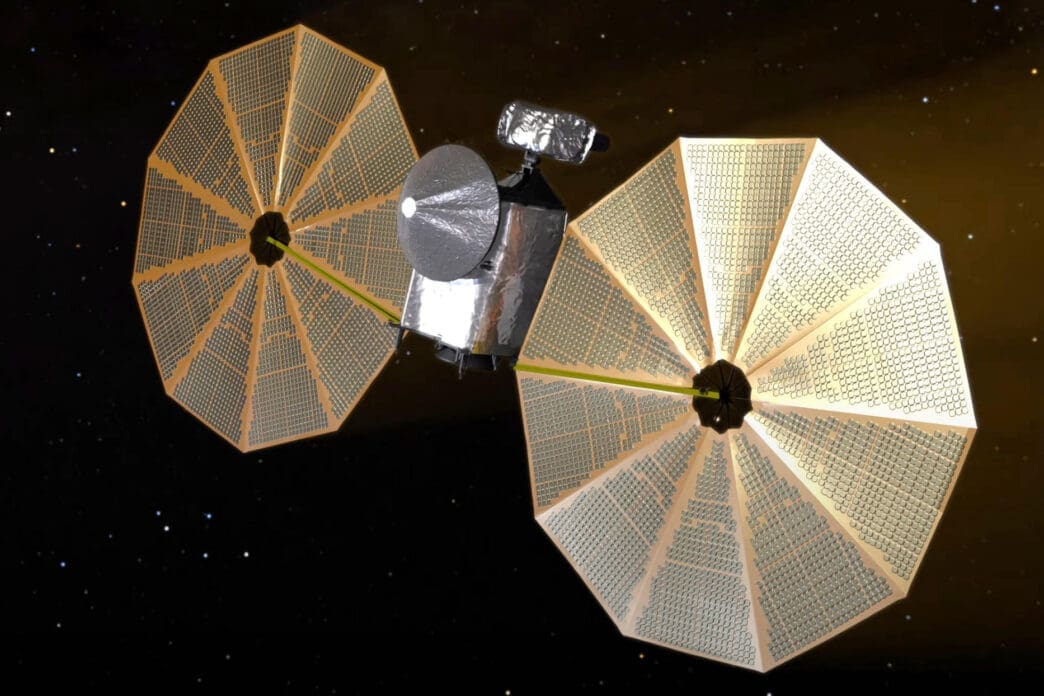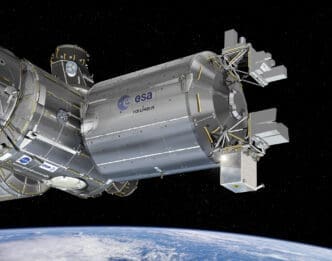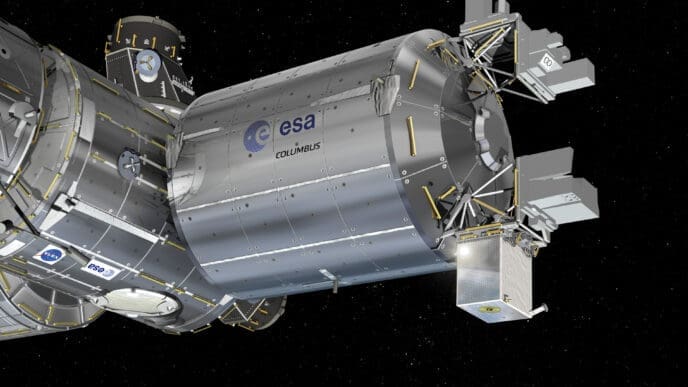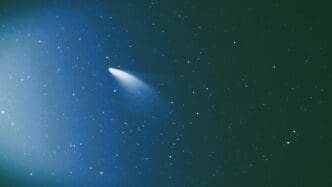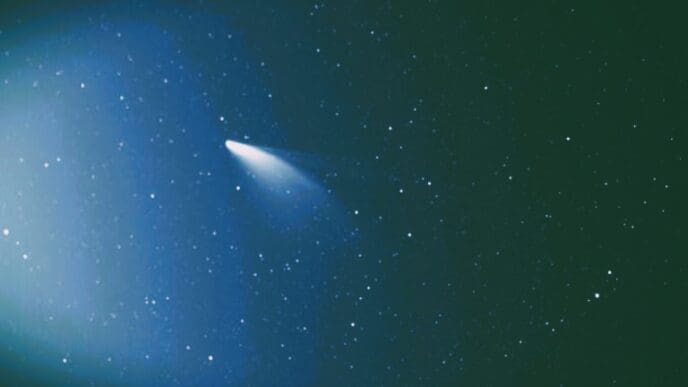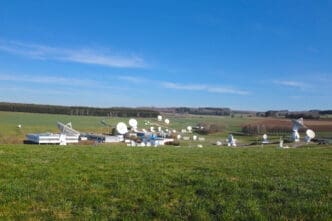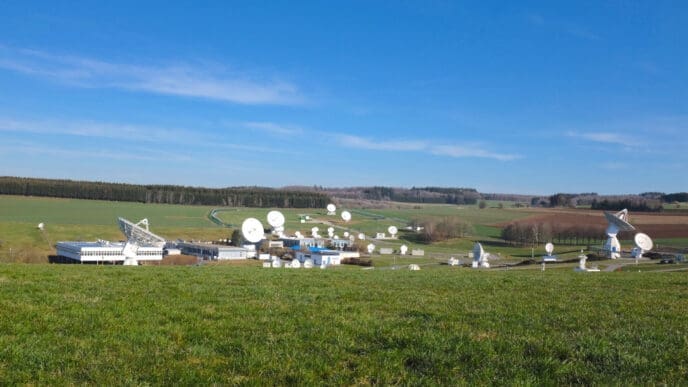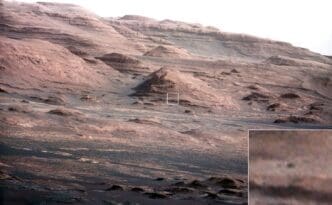NASA’s Lucy spacecraft is poised for a significant encounter with a small asteroid this weekend as it advances on its journey towards the unexplored swarms of asteroids near Jupiter. Launched in 2021, Lucy’s mission involves visiting 11 asteroids in total, a quest aimed at shedding light on the early solar system and the formation of planets, with asteroids being the ancient remnants of this process.
This upcoming flyby marks Lucy’s second interaction with an asteroid and serves as a precursor to its 2027 encounter with its first Trojan asteroid near Jupiter. Equipped with three scientific instruments, the spacecraft is set to examine an asteroid named Donaldjohanson. This engagement will occur 139 million miles from Earth, situated in the main asteroid belt between Mars and Jupiter. At this distance, data transmission between the spacecraft and flight controllers in Colorado will experience a 12-minute delay.
The asteroid’s namesake, a renowned paleontologist who discovered the fossil Lucy in Ethiopia 50 years ago, plans to be present at Lockheed Martin’s Mission Control during the event. The spacecraft, named after this famous human ancestor, will approach as close as 596 miles to the Donaldjohanson asteroid, which is estimated to measure 2.5 miles in length but is significantly narrower in width. Traveling at speeds exceeding 30,000 mph, Lucy is expected to gather data that will enhance the understanding of the asteroid’s size and shape.
Donaldjohanson is likely a fragment from a major collision that occurred 150 million years ago. Scientists predict it may share similarities with Arrokoth, a Kuiper Belt object previously visited by NASA’s New Horizons spacecraft, potentially resembling a bowling pin or a snowman. Alternatively, it could consist of two separate elongated asteroids. The exact nature of the asteroid remains a mystery, adding an element of intrigue to the mission.
During the flyby, Lucy will not maintain communication with Earth, as it must redirect its antenna to track the asteroid. However, the majority of scientific data is anticipated to be received within a day. Lucy’s subsequent mission, described as “the main event,” will focus on the Trojan asteroids that share Jupiter’s orbit around the sun. These swarms of Trojans precede and follow Jupiter in its solar orbit, and Lucy is scheduled to visit eight of them between 2027 and 2033, with some existing as paired formations.
In 2023, Lucy made its inaugural asteroid flyby, passing the small asteroid Dinkinesh in the main asteroid belt, where it made the surprising discovery of a mini moon. This upcoming encounter continues to build on Lucy’s mission to unravel the mysteries of our solar system’s ancient history.

